At Arrow Auto Glass, we specialize in providing static recalibration services, an essential component of maintaining your vehicle’s Advanced Driver Assistance Systems (ADAS). Static recalibration is crucial for the precise adjustment of ADAS after certain auto glass services, ensuring these complex systems function accurately and enhance your safety on the road.
Understanding Static Recalibration: Static recalibration involves adjusting the ADAS in a controlled environment using specific calibration tools and software. This process is essential for realigning ADAS components, such as cameras and sensors, which may have been disturbed during windshield replacement or repair.
Compared To Dynamic Recalibration: With Dynamic Recalibration, which is performed under real-world driving conditions, static recalibration requires a stationary setup to achieve high accuracy.
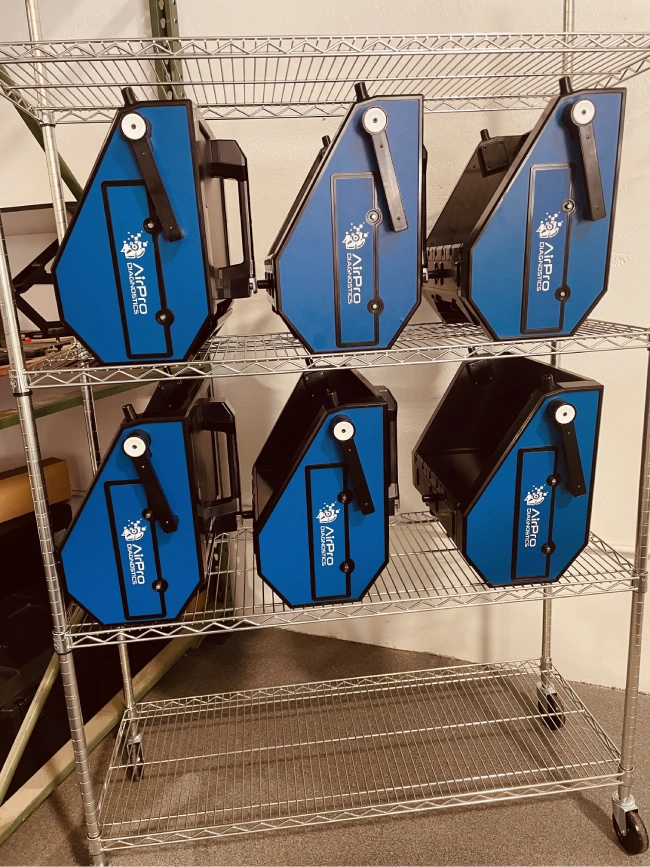
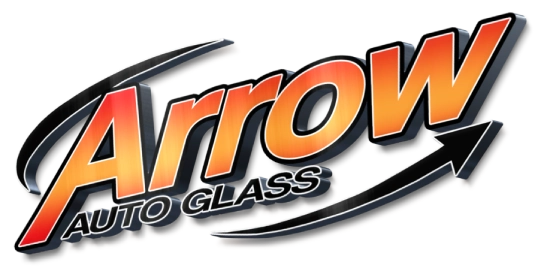
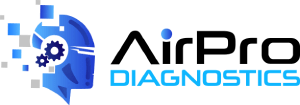

Situations Prompting Static Recalibration: Static recalibration is often required after a windshield replacement, major body repairs, or if discrepancies in ADAS functionality are detected.
Impact of Misalignment: An improperly calibrated ADAS can result in malfunctioning safety features, such as erroneous emergency braking, faulty lane-keeping assistance, and impaired parking sensors, posing significant safety risks.
Controlled Environment Setup: The process begins with setting up a controlled environment, free from external interferences, to perform the recalibration.
Vehicle Positioning and Equipment: The vehicle is positioned accurately according to manufacturer specifications, and specialized recalibration tools and software are used to precisely adjust and align the ADAS components.
Ensuring Accuracy: Our technicians meticulously ensure that all components are aligned to the vehicle manufacturer’s exact standards, confirming that the ADAS functions as intended.
Types of Vehicles: Static recalibration is typically required for vehicles equipped with more sophisticated ADAS systems, which demand precise calibration that can only be achieved in a stationary setting.
Determining Recalibration Type: The decision between static and dynamic recalibration is influenced by the vehicle model, the complexity of the ADAS, and manufacturer guidelines.
Skilled Technicians and Advanced Technology: Arrow Auto Glass boasts a team of highly skilled technicians equipped with state-of-the-art recalibration tools and technology. We are committed to performing recalibrations that meet or exceed manufacturer specifications.
Commitment to Precision: Our focus is on delivering recalibration services with the highest degree of accuracy, ensuring your ADAS operates flawlessly for your safety and peace of mind.
Process Duration: The time required for static recalibration can vary depending on the vehicle and complexity of the ADAS, typically ranging from an hour to several hours.
Cost Factors: Costs can vary based on the vehicle model and recalibration requirements. We provide transparent pricing after a thorough assessment.
Recalibration Recommendations: Generally, static recalibration is recommended after significant auto glass services or if any ADAS-related issues arise.
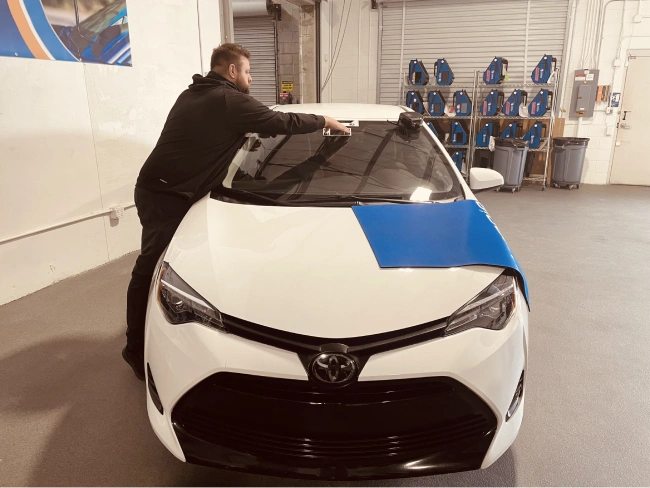
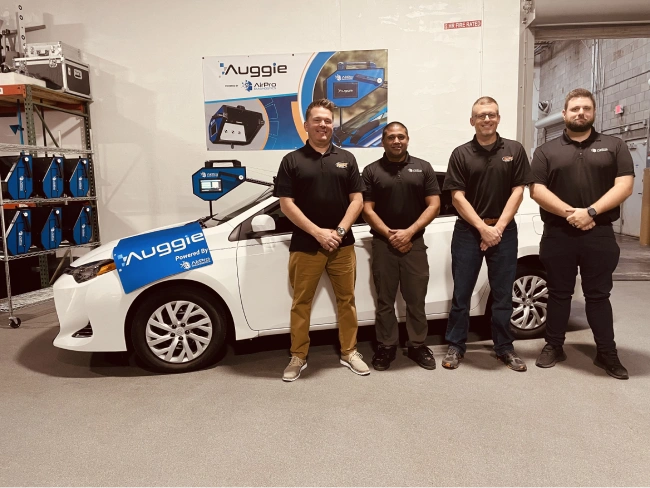


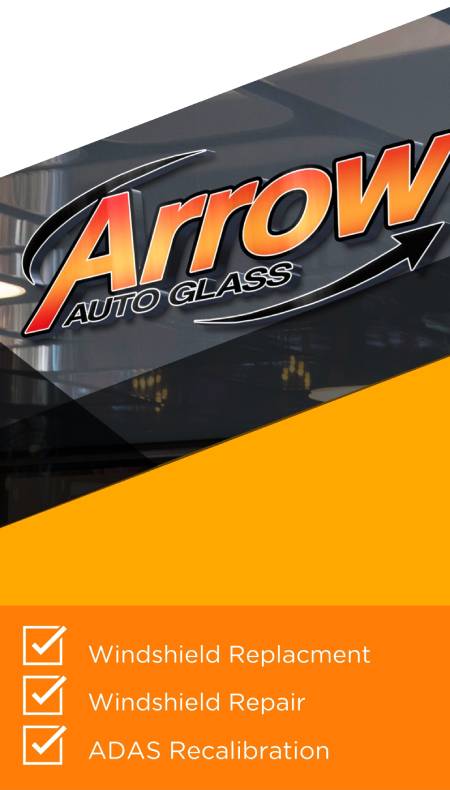
Recalibration in Motion: Dynamic recalibration involves adjusting the ADAS while the vehicle is driven under specific operational conditions. This process uses specialized diagnostic tools to recalibrate the system in real time.
When Dynamic Recalibration is Needed: This method is generally used for vehicles where the ADAS can recalibrate with the car in motion, ensuring the system's functionality in real-world driving scenarios.
Static recalibration is performed in a workshop setting, where the vehicle is stationary. The process involves using fixed calibration targets and patterns to align ADAS sensors and cameras accurately.
Required for vehicles with complex ADAS configurations that demand precise and stationary calibration for optimal accuracy.

(866) 975-4527